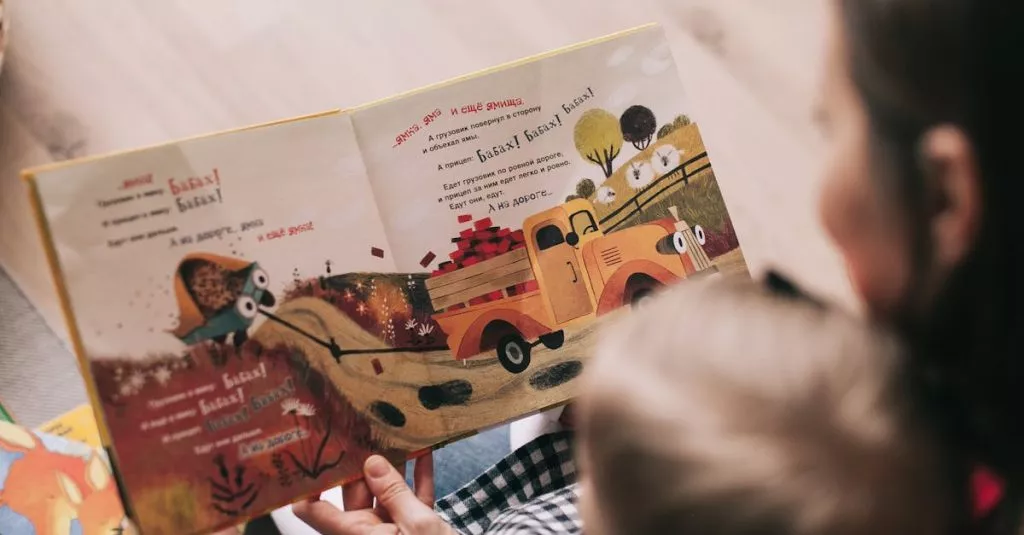Why Storytelling Matters
Storytelling has been a vital part of human culture for centuries. It’s more than just entertainment; it’s a way to pass down values, history, and traditions.
For children, storytelling can spark imagination, build vocabulary, and teach critical thinking skills. It’s like giving them a magical window to different worlds.
So, next time you tell a story, remember you’re doing more than entertaining; you’re educating and inspiring future generations.

Building Emotional Connections
Building emotional connections through storytelling is crucial. When children hear stories, they relate to the characters and situations. This empathy can help them navigate their own emotions. For example, consider the story of ‘The Ugly Duckling.’ Kids understand feeling out of place and learn that everyone has unique beauty and worth. These connections make stories meaningful and memorable for children.

Summary: Emotional connections are fostered through storytelling, aiding children in understanding their emotions and appreciating uniqueness.
Choosing the Right Folktales
Choosing the right folktales can seem daunting, but it’s simpler than you think. Look for stories with positive messages and relatable characters. Avoid tales that might be too frightening for younger kids. ‘Cinderella’ and ‘Jack and the Beanstalk’ are excellent starters. They have clear moral lessons and captivating plots. Remember, the goal is to engage and teach, not to scare or confuse.

Storytelling Tips for Parents
As parents, how you tell a story is just as important as the story itself. Use varied voices for different characters to capture your child’s interest. Pause to ask questions and encourage your child to predict what happens next. Make eye contact and use gestures to bring the story to life. Storytelling should be interactive, fun, and a bonding experience for both parent and child.

Creating a Routine
Creating a storytelling routine for your children sets a consistent expectation that stories are part of daily life. A regular bedtime story can calm kids and prepare them for sleep. Alternatively, a ‘story time’ slot after dinner could work well. Consistency helps in creating a habit, making stories a cherished part of their day. Plus, it’s a great way for parents to unwind and connect with their children.
Incorporating Diverse Cultures
Incorporating diverse cultures in storytelling broadens your child’s horizon. Explore African folktales, Native American legends, or Asian myths. Every culture has a treasure trove of stories that teach different perspectives and values. This diversity helps children appreciate and respect other cultures. It’s like taking them on a cultural journey from the comfort of your home.

Encouraging Kids to Tell Stories
Encouraging kids to tell their own stories empowers them. Start by asking them to recount their day or make up a story with their favorite toys. This boosts creativity and confidence. It also teaches them the structure of stories – beginning, middle, and end. Often, kids come up with the most imaginative tales that surprise and delight us. Their stories can brighten your day and theirs!

Encouraging kids to engage in storytelling not only enhances their language skills but also fosters their imagination. It’s a rewarding experience for both kids and adults. So, next time you interact with a child, don’t forget to ask them to share a story!
